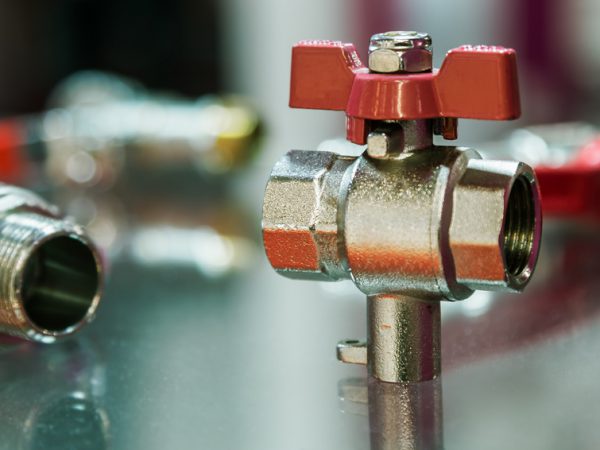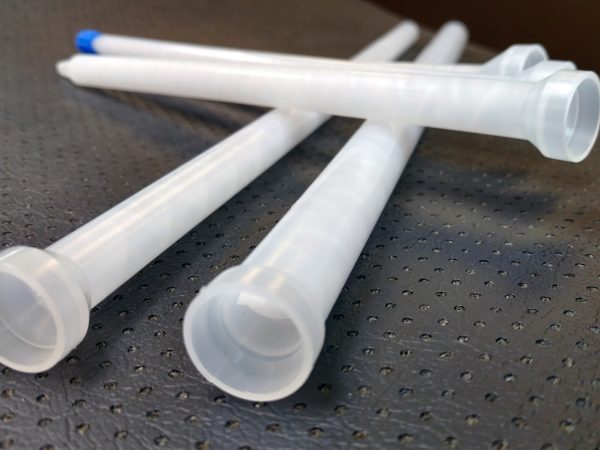Gear Metering Vs. Piston Metering: Dispensing Systems Explained
When companies struggle to keep up with production, need to lower costs, improve safety, reduce their waste, or improve the quality of their products, they may need to give up their mix-by-hand method of adhesive dispensing and instead invest in a meter/mix &dispensing machine. When deciding on dispensing solutions, there are essentially two main options from which to choose: gear metering systems and piston (or cylinder) metering systems. But how do these two types of dispensing machines differ from one another? And are there similarities between the two? We’ll discuss those points in today’s post.
What’s True of Both Types of Dispensing Machines:
Both piston / cylinder and gear metering systems are extremely precise. They each use two separate proportioning devices to operate as an integrated system. And both of these systems will typically yield greater productivity, improve the reliability of the product being made, and even reduce adhesive costs and/or result in greater profits for the company.
Gear Metering Systems
Gear pump metering systems are known for their stable, variable, and repeatable flow rates, making them incredibly accurate and consistent. There are two basic drive mechanisms for this type of system (either hydraulic or electric), but either option allows for speed adjustment on a continuous basis. They have a high volumetric efficiency and contain a few rotating parts. They’re also resistant to corrosion, which means they’re reliable under most kinds of chemical conditions. They may be simple, but they’re preferred by many businesses due to their reliability. However, when heavily filled materials such as those with an sg above 1.5 a piston/cylinder design may be recommended.
Piston (or Cylinder) Metering Systems
There are several different variations for piston metering systems, including single-acting, double-acting, variable ratio, or fixed ratio. These metering systems can be made to for both single component and two-component dispensing. The variable ratio system that offers adjustable ratio may be preferred in a laboratory setting but is not as reliable in production as any ratio adjustment can lead to off ratio metering. While most potting compounds often have a viscosity between 400 cps and 50,000 cps, this number can be 1 million cps or more in certain adhesives or other abrasive applications. In these cases that involve abrasive fillers, piston / cylinder metering systems may be preferred. This is because they may offer a broad application range and can be used in heavily filled applications. Piston / cylinder systems can also be used for light-to-mid volume production jobs.
When trying to decide between these two kinds of systems, it’s important to remember that there’s no one off the shelf right answer for a given industry or even a specific application. Both kinds of metering systems offer accuracy and consistency when engineered for your specific production – process requirements. Work closely with your system provider — who can design a customized system to fit your needs — is the best way to make this determination. Every EXACT system is engineered and then wet tested to prove itself for your application.






